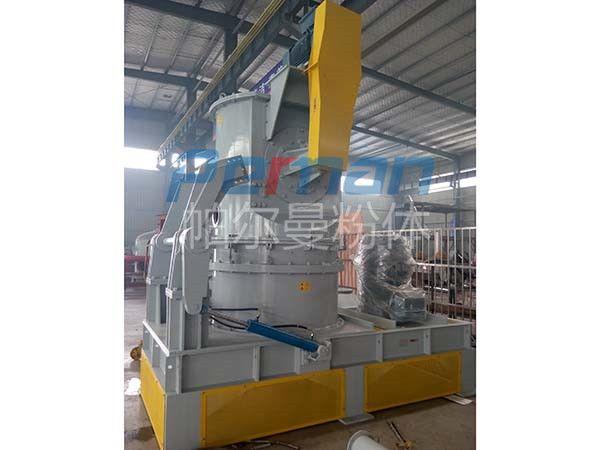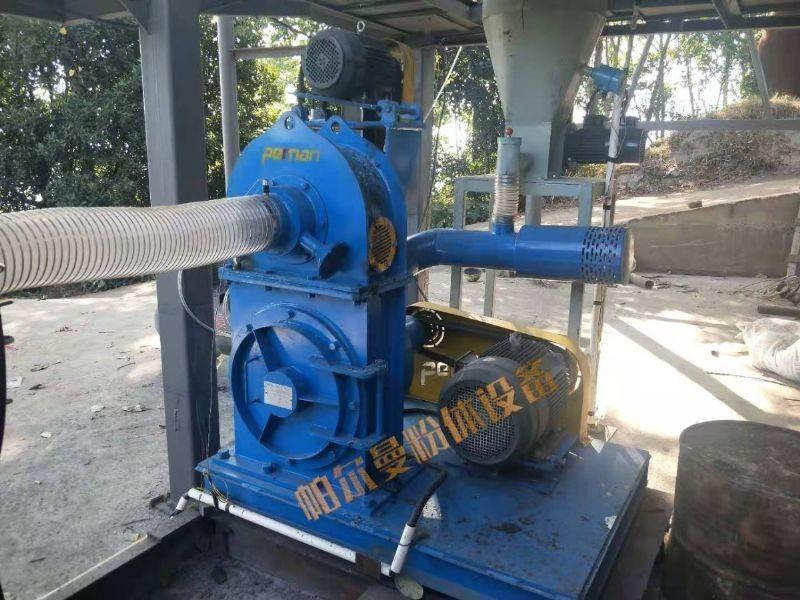CAM-H negative pressure air grinder

With the increasingly stringent requirements of environmental protection laws and regulations, Perlman's process based on the principle of dry deacidification of baking soda developed in combination with advanced processes in Europe and the United States has been applied more and more. The dry method using sodium bicarbonate as the adsorbent adsorbs and removes various pollutants contained in the flue gas. Its purification effect can be compared with other known methods, such as the spray adsorption method using lime milk as the adsorbent. Dry flue gas purification can be used not only in coal power plants, hazardous waste treatment, municipal waste or alternative fuel incineration plants, but also in industrial furnaces in glass, cement, metallurgy and other industries. Dry flue gas purification can economically remove gas containing acidic substances, such as SO2, HCI, etc., and meet the national standard flue gas emission standards.
The flue gas contains a lot of acid gases. After a lot of data and experiments, only sodium bicarbonate (baking soda, NaHCO3) can react with the acidic components in the flue gas to a certain degree. It removes acidic pollutants in the flue gas through chemical adsorption, and it can also remove some inorganic and organic trace substances through physical adsorption. This process sprays fine sodium bicarbonate powder directly into the high-temperature flue gas. At high temperatures, sodium bicarbonate decomposes to produce sodium carbonate Na2CO3, H2O and CO2.

The particle requirements are related to the components in the flue gas, and the required particle size for the removal of SO2 and HCl will be different. Due to transportation and storage reasons, sodium bicarbonate raw materials are usually coarse particles (d50 value of about 200 microns). To achieve higher reactivity, the adsorbent must have a larger specific surface area. Therefore, the sodium bicarbonate must be ground to a certain degree of fineness before being injected into the flue gas pipe. For example, the fineness of sodium bicarbonate must reach d90 <20 µm to remove SO2. The removal of HCl only requires d90 <35 µm. If the system is operated correctly, it can remove more than 95% of SO2; the removal rate of HCl can even reach 99%. In order to maintain the required fineness of sodium bicarbonate during long-term operation, after grinding with an air grinder, the adsorbent is transported by gas transportation and directly passed into the flue gas pipe through multiple nozzles to ensure that it is evenly dispersed in the pipe. . The design of this equipment is simple and durable. Compared with other flue gas purification methods, its investment and operating costs are lower.
Sodium bicarbonate grinding process will be the core process of this technology.
CAM-H negative pressure air grinder
In this process, sodium bicarbonate is quantitatively supplied from the raw material bin to the downstream CAM-H series air mill through a frequency conversion screw conveyor. The amount of adsorbent required can be calculated from the pollutant concentration trend curve before and after desulfurization. Install a rotary valve between the screw conveyor and the grinder to isolate the airflow, so as to prevent the airflow from affecting the quantitative feeding of the screw conveyor. After the sodium bicarbonate is ground in the classifying mill, the fine powder is transported to the flue gas pipeline by a material conveying fan.

working principle:
Sodium bicarbonate is fed into the CAM air classifying mill in a quantitative and uniform manner through a weightless screw feeding scale. The high-speed rotating grinding block collides with the gear ring, friction, and shearing under various forces. After crushing, it enters the classification zone with the airflow. Qualified materials enter the flue through the classification wheel to react, and the coarse materials fall into the crushing zone to continue to be crushed. The size of the particles can be obtained by adjusting the size of the classification wheel.



Related Products
Related cases
Online customization
Quality creates value











